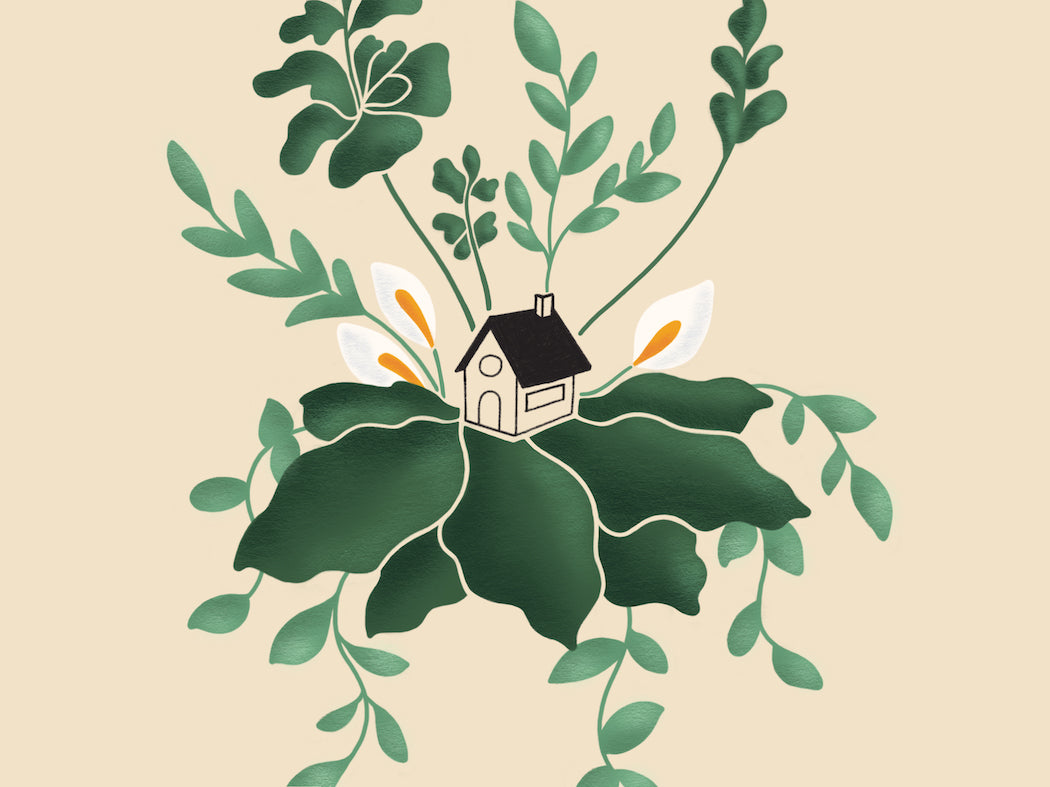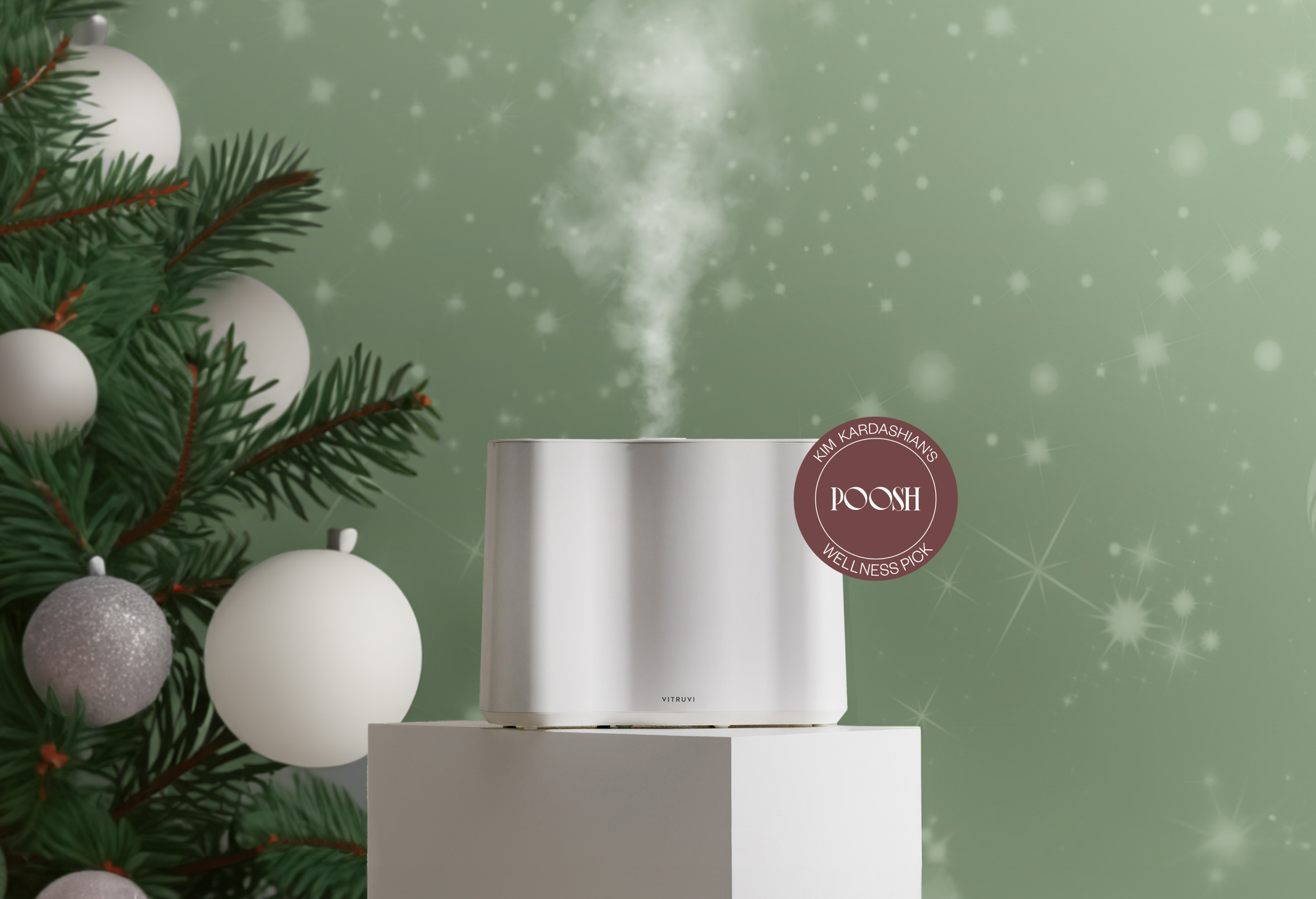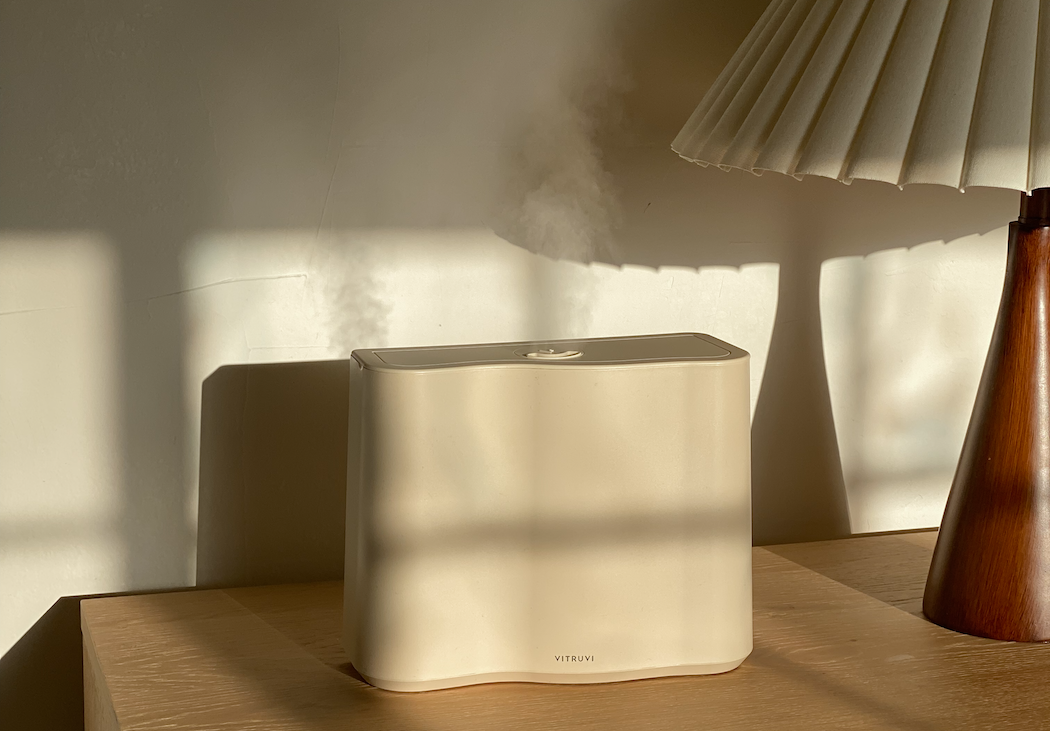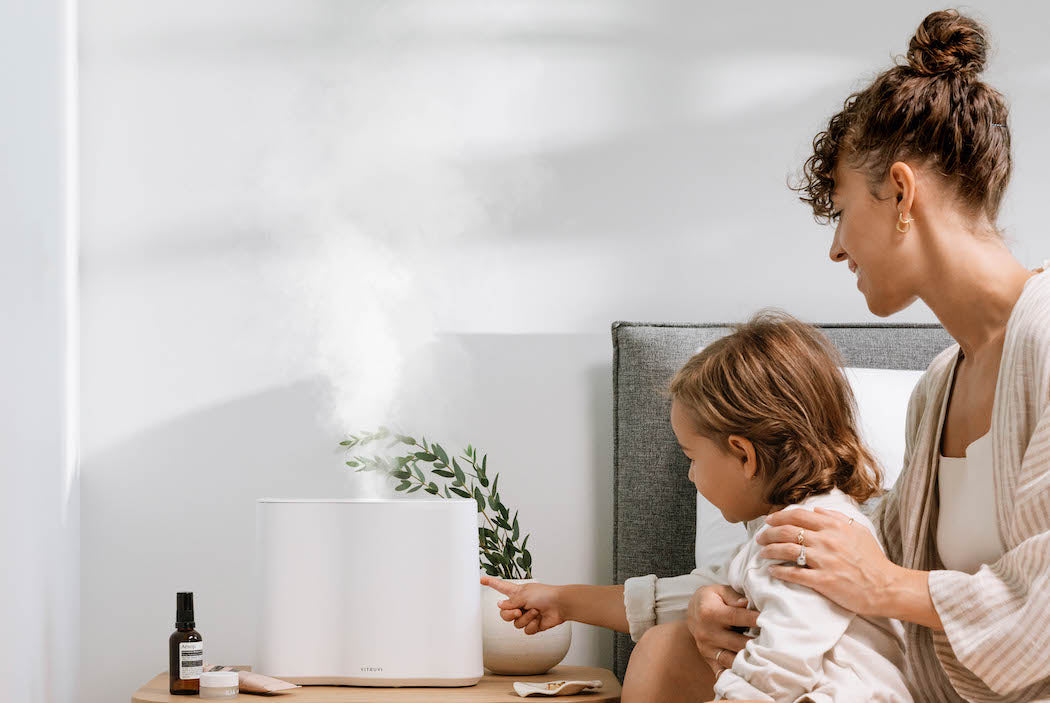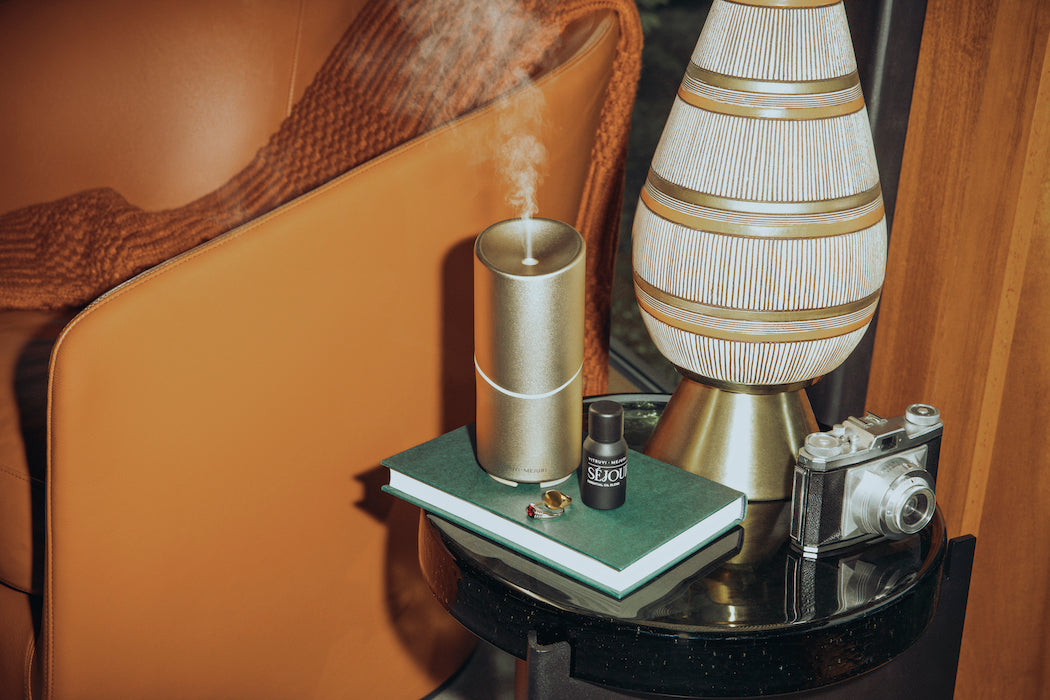Since we’re spending more time than ever indoors these days, improving our quality of life at home continues to be integral. For many, creating synergy in our spaces has involved new organizational tactics—from self-care (and sanity!) rituals that help us feel our best, to visual pieces that help us to feel comforted in these unprecedented times.
Alongside the usual design accessories like throw blankets and pillows, houseplants have made a strong appearance as a modern interior staple. Aside from adding beauty, texture, and greenery, houseplants work to clean and purify the air, diluting and removing the presence of toxins like formaldehyde, benzene, trichloroethylene, and carbon monoxide. Here are some of the best options.
Air-purifying plants for novice indoor gardeners
Snake plant
Snake plants are known to thrive in neglect. Hearty and low-maintenance, these plants can tolerate most light levels, even handling a few hours of direct sunlight. As with most plants, to avoid root rot, only water when dry. This NASA-approved purifier reduces xylene, toluene, and nitrogen oxides in the air.
Pothos
Pothos, otherwise known as devil’s ivy, works hard to fight off household toxins. It’s known to grow fast in brightly-lit spaces, however it also lives well in most indoor growing conditions. Other than ensuring it has water when dry and access to some amount of sunlight, this plant requires minimal maintenance.
Spider plant
Spider plants are resilient and require hardly any care, making them perfect for any indoor plant newbie. In addition to their relaxed watering requirements, spider plants can also survive in temperatures as low as two degrees Celsius, making them perfect for cooler spaces.
Air-purifying plants for intermediate indoor gardeners
Dragon tree
In the right conditions, dragon trees can grow up to 15 feet tall. Though they are fairly easy when it comes to watering, too much may make them susceptible to root rot. As lovers of indirect sunlight, these plants should be kept out of harsh rays in warmer months.
ZZ plant
While they won’t necessarily thrive in neglect, ZZ plants are known to tolerate low levels of light and little water. Approved by NASA, these plants can reduce the air’s levels of xylene, toluene, and benzene.
Fiddle leaf fig
Fiddle leaf figs thrive in warm, humid environments and prefer bright filtered light. Since they are quite spatially sensitive, it’s best to keep them in the same spot and rotate once every month or so.
Air-purifying plants for experienced indoor gardeners
Weeping fig
Commonly referred to as a ficus, the weeping fig is a very popular houseplant that can be rather finicky. Preferring temperatures above 21 degrees Celsius, weeping figs are best kept in warmer indoor spaces with medium indirect light or bright filtered light.
Peace lily
Though peace lilies are often marketed as common houseplants in North America, they can be very temperamental and wilt fast when in need of water. For optimal health, water this top purifier once a week in the winter and as soon as its soil is dry in warmer weather. For lower-light spaces and to avoid nutrient depletion, add slow-releasing fertilizer to your soil.
Sundew
Like the Venus fly trap, sundew is a carnivorous plant that requires more than water and sunlight to survive. Since it is a bog-dweller, it’s best to keep its soil wet with small daily waters or with a dish that allows water to be introduced into the soil as needed. Besides helping to remove indoor toxins, sundew helps to control fruit and drain flies.
The air inside our homes can be anywhere from two to five times more polluted and toxic than the air we breathe outdoors. From household cleaners, mattresses, and floor varnishes to clothing and beauty products, many of the things in our homes contain and can release harmful toxins. However, by incorporating one (or all!) of these air-purifying plants, you can reduce toxins and introduce fresh oxygen into your indoor air. And that’s certainly a reason to breathe easy.

